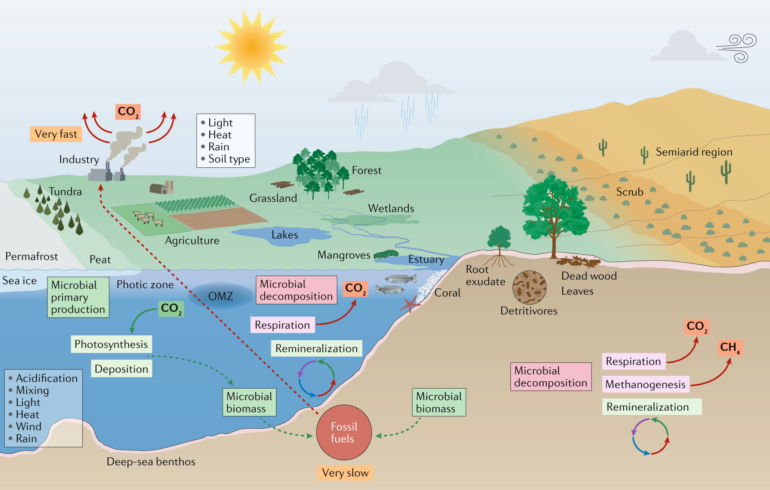How do cells manage to quickly adapt their growth to changing environmental conditions? A new study by a research team from Würzburg provides an answer to this question.
Regardless of whether it is a single-celled organism or a mammal, a plankton, or a sequoia: growth is a basic principle of all life on this earth. And the starting point of this growth is usually the cell: for this to happen, it must double its components and ingredients within a short time so that it can then divide and set growth in motion.
The process behind this is complicated and has not yet been deciphered down to the last detail. Now, however, a research team from Würzburg has succeeded in identifying a key mechanism in this process. Professors Utz Fischer from the Biocentre of the Julius Maximilian University of Würzburg (JMU) and Jörg Vogel from the Würzburg Helmholtz Institute for RNA-based Infection Research (HIRI) present the results of their work in the latest issue of the journal Cell Reports.
Ribosomes deliver new proteins
“In order for cells to grow, they have to produce lots of new proteins. This happens inside the cell in specialized factories called ribosomes,” explains Utz Fischer, Chair of Biochemistry at JMU. Up to ten million ribosomes are dedicated to this task in every human cell.
Accordingly, cells spend a large part of their resources and energy reserves not only on the production of proteins, but above all on the production and maintenance of the ribosomes themselves. It is thought that up to 50 percent of the cellular energy reserve is required for this, making ribosome production the “most expensive” process in the cell.
Of course, the cell cannot afford to use up such large amounts of energy and raw materials senselessly. Therefore, it continuously monitors its environment to make sure that sufficient nutrients and other growth stimuli are available at all times. As soon as the “supply situation” deteriorates, it stops growing and shuts down the production of new ribosomes—but nevertheless keeps a sufficiently large supply of ribosomes on hand to be able to grow again without delay in better times.
A signaling complex is the central command center
The central command post in this process is the so-called mTORC1 signaling complex, a kind of nutrient sensor of the cell. “All information on the availability of nutrients and other growth stimuli converges at this signaling complex,” explains Dr. Cornelius Schneider, joint scientific collaborator of the two research labs and first author of the now published study.
Based on this information, mTORC1 coordinates the cellular response to changing environmental conditions and controls the production of ribosomal proteins. As the researchers were able to show, it uses the help of another protein, which has the scientific name LARP1.
“mTORC1 can influence the LARP1 protein in such a way that, under nutrient deficiency, it binds to a signal sequence located at the beginning of the mRNAs of all ribosomal proteins. This leads to a reduction in protein production,” explains Schneider. mRNAs are, metaphorically speaking, the transporters of the blueprints for proteins from the cell nucleus to the ribosomes.
A basic supply always remains
Although the production of ribosomal proteins is reduced to an absolute minimum, it is never completely shut down. “This means that the cell can start producing large quantities of ribosomes again at any time. This enables it to react extremely quickly to changing conditions and to switch from growth to energy saving,” says Utz Fischer. In this way, it is possible for the cell to always maintain a certain basic supply of mRNAs of the ribosomal proteins, even under poor conditions.
This also fits with another finding: LARP1 itself and the signaling network around mTORC1 are deregulated in different types of cancer, as they are at the center of the decision for or against cell growth.
More information:
Cornelius Schneider et al, An unusual mode of baseline translation adjusts cellular protein synthesis capacity to metabolic needs, Cell Reports (2022). DOI: 10.1016/j.celrep.2022.111467
Provided by
Julius-Maximilians-Universität Würzburg
Citation:
Identifying a key mechanism in cells’ ability to adapt their growth to changing environmental conditions (2022, October 14)



